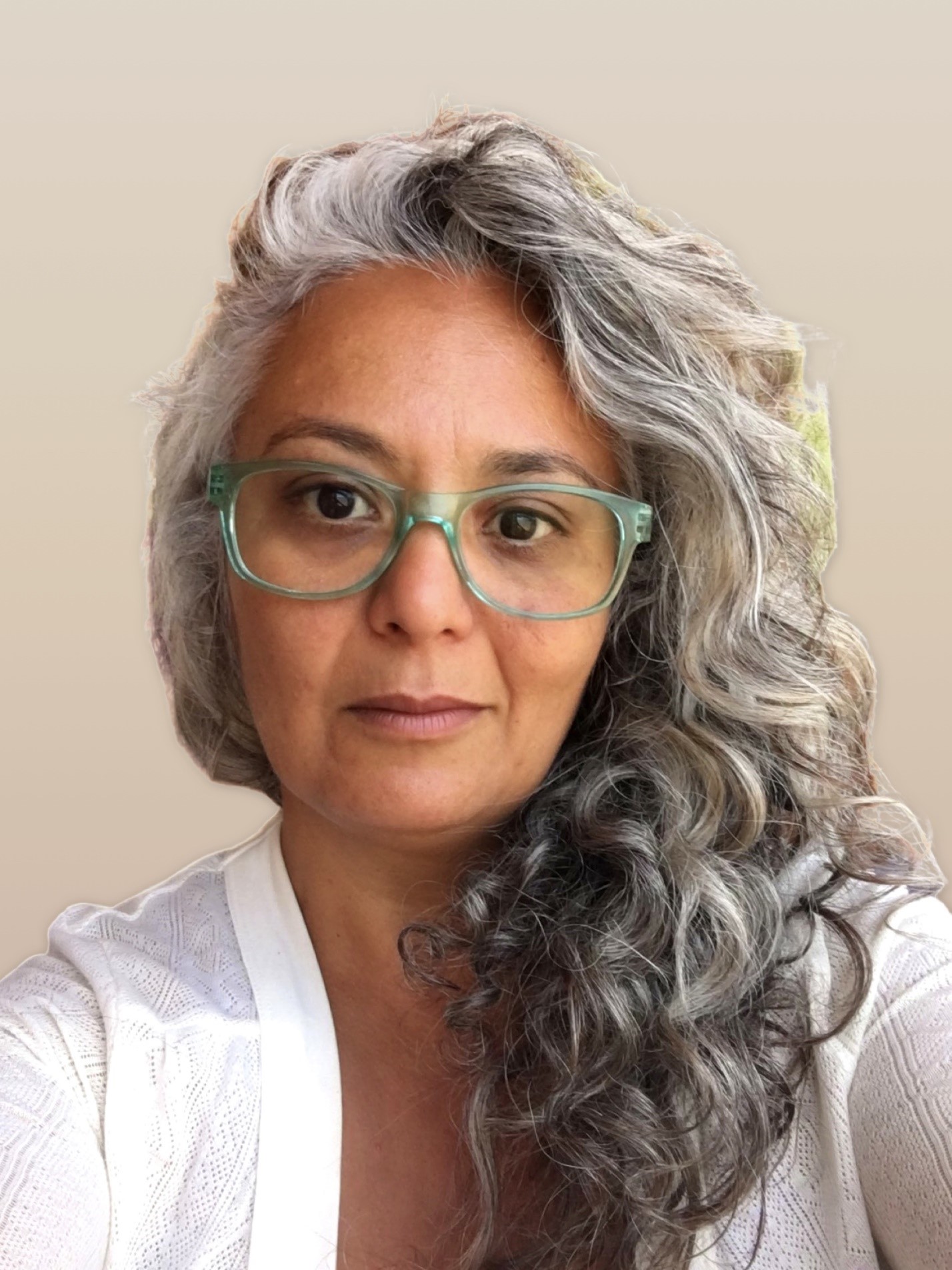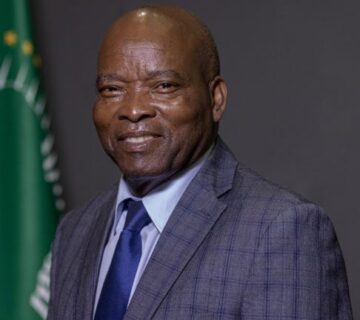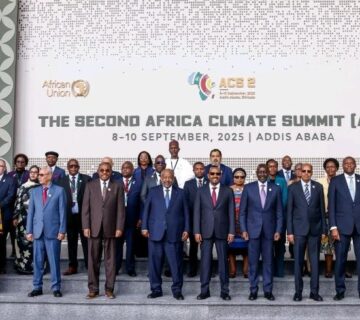By Nadine Wahab
Founder, Eco-Dahab, Director of Sustainable Network Egypt
Climate justice is everywhere now; from speeches by world leaders to corporate sustainability strategies, but slogans are not solutions. If the climate movement is serious about justice, it needs to move beyond buzzwords and start listening to the people on the frontlines. Real justice means rethinking how we define priorities, whose voices shape decisions, and what “climate action” looks like on the ground.
The reality is most climate policy and funding are still driven by the interests, ecosystems, and economies of the Global North. And this continues to leave behind communities that are living with the worst impacts of a crisis they didn’t cause.
Global Plans, Local Blind Spots
Much of today’s climate work is shaped by what happens in big international spaces—especially the annual UN climate summit known as COP. These negotiations set the tone for national strategies, funding streams, and even activist agendas. But they often feel worlds away from the everyday struggles in vulnerable communities.
The climate crisis is local. It’s about the flooding in your village, the failed crops, the unbearable summer heat, the water that no longer comes out of the tap. But the solutions discussed in global spaces rarely reflect that reality. Instead, they focus on targets and trends that align with the priorities of richer countries: reducing emissions, scaling green tech, and hitting net-zero goals.
If we want to stop leaving people behind, we need to stop designing climate solutions without them.
Not All Climate Funding Is Created Equal
In theory, climate funding supports three things:
- Mitigation – reducing carbon emissions
- Adaptation – adjusting to life in a warming world
- Loss and damage – helping communities recover from climate-induced disasters
But in practice, most money goes toward mitigation—especially in countries that are historically responsible for the bulk of emissions. That makes sense for their national priorities. But it doesn’t help places like Egypt, which contributes less than 1% of global emissions yet faces devastating climate impacts.
Even if Egypt somehow reached net zero tomorrow and perfectly transitioned its workforce to clean jobs, its people would still suffer from water scarcity, food insecurity, heatwaves, and flooding. A “just transition” alone doesn’t cool the air or refill the Nile. We need policies that make communities climate-resilient—ones that start with the real threats they’re facing, not just international climate goals.
Climate Buzzwords Don’t Translate
Terms like “just transition” and “green economy” might sound progressive, but they often carry assumptions rooted in temperate climates and industrial economies. In Egypt, for instance, greening the desert by planting trees might look good on paper—but it puts further stress on water systems already stretched to the brink.
What does “green” mean in a country where the natural colors are gold, blue, and brown?
Replicating climate projects designed for Europe or the US in vastly different climates like ours can cause more harm than good. We can’t copy-paste climate solutions. They need to grow from the ground up, shaped by people who know their land and their needs.
The Price of Global Visibility
One of the biggest pressures on local environmental groups today is the expectation to show up in global spaces—especially COP. While international engagement is important, it’s also expensive, resource-draining, and often exclusionary.
When COP27 came to Egypt, many local civil society groups felt they couldn’t afford not to engage. They diverted time and money away from their core work to attend. Some spent a year recovering from the financial and emotional toll. The funding that poured in ahead of COP dried up soon after. And while international actors flew in and out, local communities were left with the same problems—and fewer resources to solve them.
This kind of engagement can’t replace long-term, rooted, community-driven work. It shouldn’t cost grassroots groups their stability just to be seen.
Short-Term Funding, Long-Term Harm
Most support for environmental work comes in short-term, project-based packages. This creates a race for deliverables and reports, while local organizations struggle to retain staff, build expertise, or plan beyond the next grant cycle.
The result? A loss of knowledge, a loss of continuity, and a growing divide between communities on the frontlines and the conversations happening about them at the global level.
Local groups often bend their mission to fit external priorities. Instead of shaping the agenda, they’re forced to follow it. And when they do get to show up in international spaces, they’re often tokenized—celebrated in photos, but sidelined in strategy.
Centering the Right Priorities
If the climate movement truly wants to build a just future, it must begin by listening to the people who live with the consequences of climate change every day. That means supporting:
- Adaptation and resilience over carbon accounting
- Community knowledge over technocratic solutions
- Long-term local partnerships over short-term projects
- Infrastructure that protects lives over symbolic green initiatives
Building climate justice requires investing in networks of local organizations, informal groups, and community leaders who understand the land, the politics, and the people. It requires space for experimentation, failure, and learning. It requires trust.
And above all, it requires shifting power.
Toward a Climate Movement That Doesn’t Repeat History
For too long, climate action has mirrored the same global dynamics that created the crisis in the first place—extractive, top-down, and focused on the priorities of the powerful. We can’t build a just world by repeating old mistakes in new language.
If we truly want to leave no one behind, then we need to start where climate injustice lives and listen.






No comment